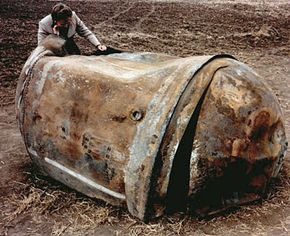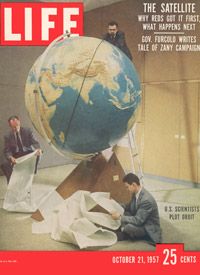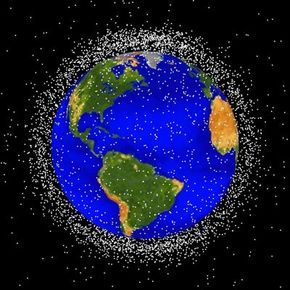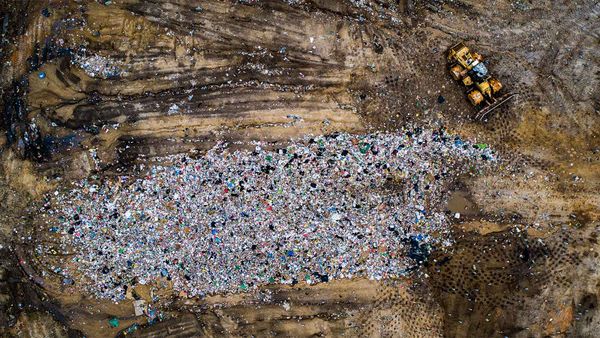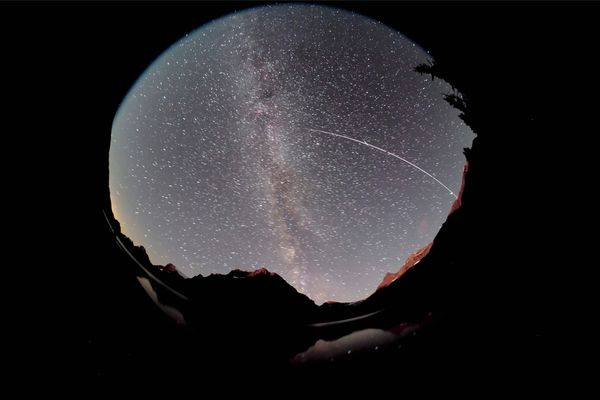During a visit to the International Space Station, an astronaut is required to make some repairs to the outside of the structure. After gathering the correct tools, donning his space suit and proceeding through the airlock, the astronaut begins his spacewalk. His mission -- tighten some loose screws on the space station's hull, a potential danger to the crew's safety. After a tense but ultimately successful repair, the astronaut relaxes and removes the wrench from the last bolt. Unfortunately, his relaxation costs him, because a looser grip on the wrench causes it to slip from his hand and fly off into space. The wrench has now become space junk, high-speed pieces of debris orbiting the Earth at 17,000 kilometers per hour.
Humans produce an incredible amount of trash on Earth. In the United States alone, the average person throws away more than 4 pounds of trash every day. The country as a whole produces 251 million tons of garbage in one year [source: EPA].Because we have our own issues on the ground with littering and overflowing landfills, we might not think too much about space junk aside from a few space stations and a handful of satellites in orbit. But NASA claims there are potentially millions of objects, both small and large, orbiting Earth in a giant cloud of junk.
Advertisement
What exactly is space junk? How did it get up there, anyway, and who put it up there in the first place? And what are the chances of getting smacked on the back of the head if one falls back down to Earth? To learn more about space junk, read the next page.
